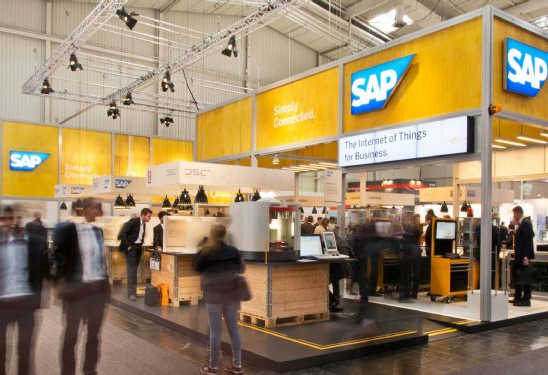At Hannover Messe in 2018, IT and robotics companies outlined the future of artificial intelligence (AI) applications. As the two main axes of AI development, machine learning and deep learning can optimize the process through big data, and can establish new industry knowledge through past experience. Therefore, many machine learning applications have been seen in industrial processes.
Hans Thalbauer, head of the IoT digital supply chain at SAP, said that AI can analyze the data in the machine to proactively perform predictive maintenance, predict product quality and predict product logistics history, unlike previous passive, warning-driven models. . At the Hannover Messe, SAP showed the bottling machine, which can simultaneously load different colors of liquid into two different bottles.

Traditional industrial processes can only produce a specific product at a time. Since the sensor of the machine collects the data and transmits it to the computing platform, it can analyze the process and tell the machine how to handle different products at the same time. Therefore, a single product that is produced online can be used differently. In terms of processing, the cost is similar to mass production.
SAP also develops an automated assembly workstation solution that analyzes factors such as resources and power and decides on a more efficient assembly method. This means that the production line no longer maintains linearity but is more flexible. Machine learning is referring to many data. With the parameters, you can use algorithms to make production more efficient, regardless of SMEs or large enterprises can use machine learning.
However, AI's excellence has not yet been fully explored by the company. German consulting firm Roland Berger surveyed 50 European companies that AI should be able to maintain the competitive advantage of European energy suppliers, but only 23% of energy suppliers implement AI plans; Eighty-three percent of companies have begun to understand the need to change industrial processes, while AI is seen as a factor that can play an important role in future business; 40% of companies admit that they have not introduced the concept of using AI in their business.
Roland Berger recommends importing AI in a gradual process, and utilities should be able to use existing solutions to optimize existing system equipment and use these savings to develop new AI business models.
DBS diode series patch rectifier bridge stack is composed of 4 rectifier diodes connected and packaged in the form of a bridge full-wave rectifier circuit, which belongs to a full bridge. There are four lead-out pins, the connection point of the negative poles of the two diodes is the "positive pole" of the DC output terminal of the full bridge, and the connection point of the positive poles of the other two diodes is the "negative pole" of the DC output terminal of the full bridge. Reverse repetitive peak voltage range: 50V~1000V, average rectified output current 0.8A~1.5A: forward non-repetitive surge current 30A (60Hz sine wave, one cycle, Tj=25°C). For specific parameters, please refer to the specification or consult online customer service.
DB-S diode,DBS Bridge Rectifiers,DBS SMD Bridge Rectifier Diode,Bridge Rectifier Diode DBS
Changzhou Changyuan Electronic Co., Ltd. , https://www.cydiode.com